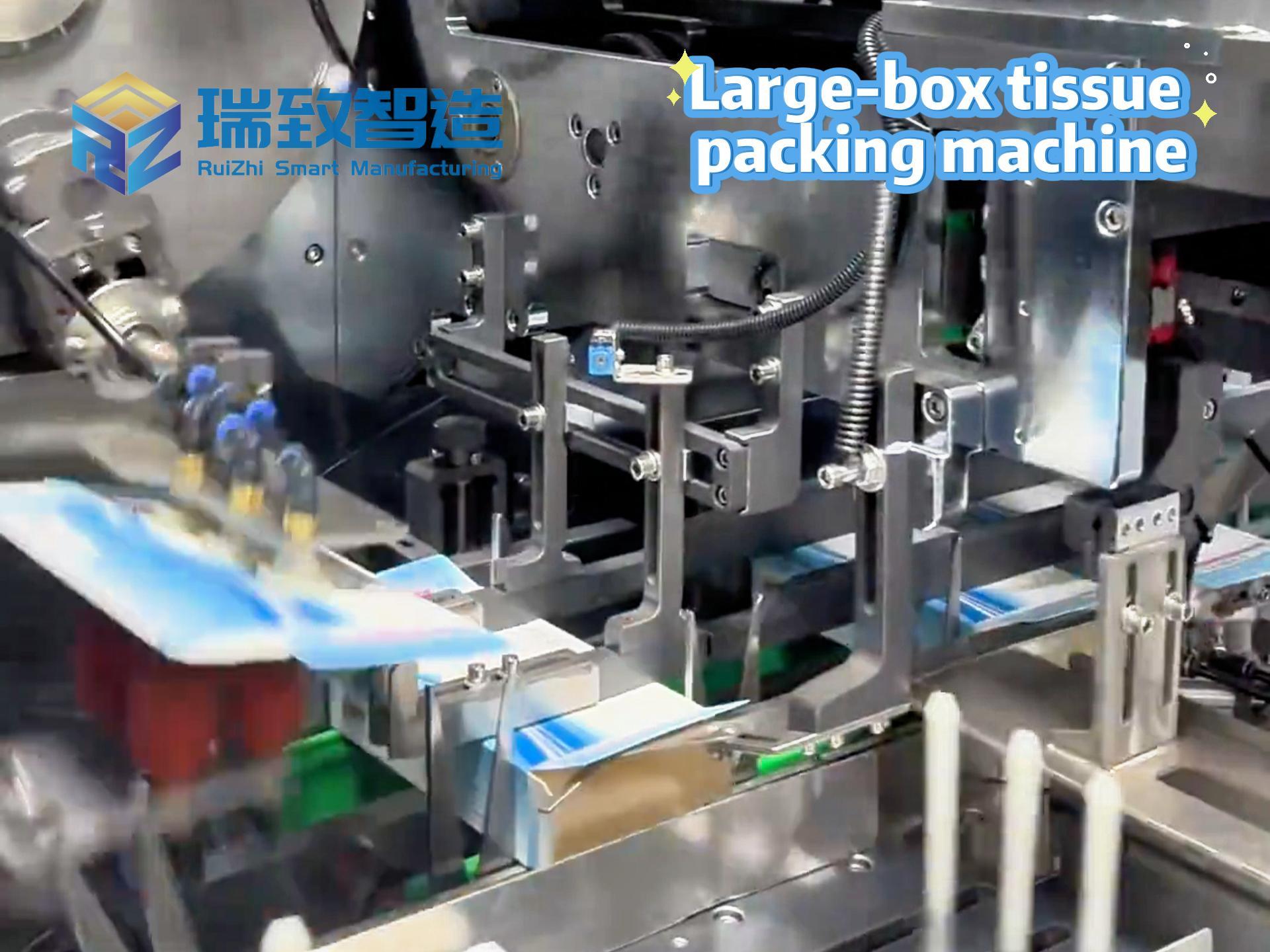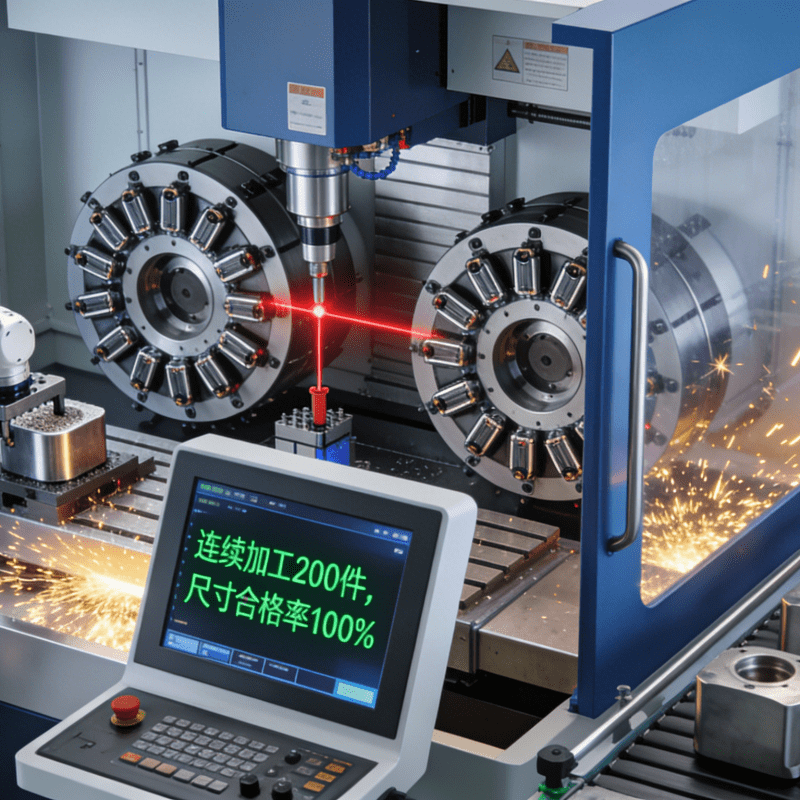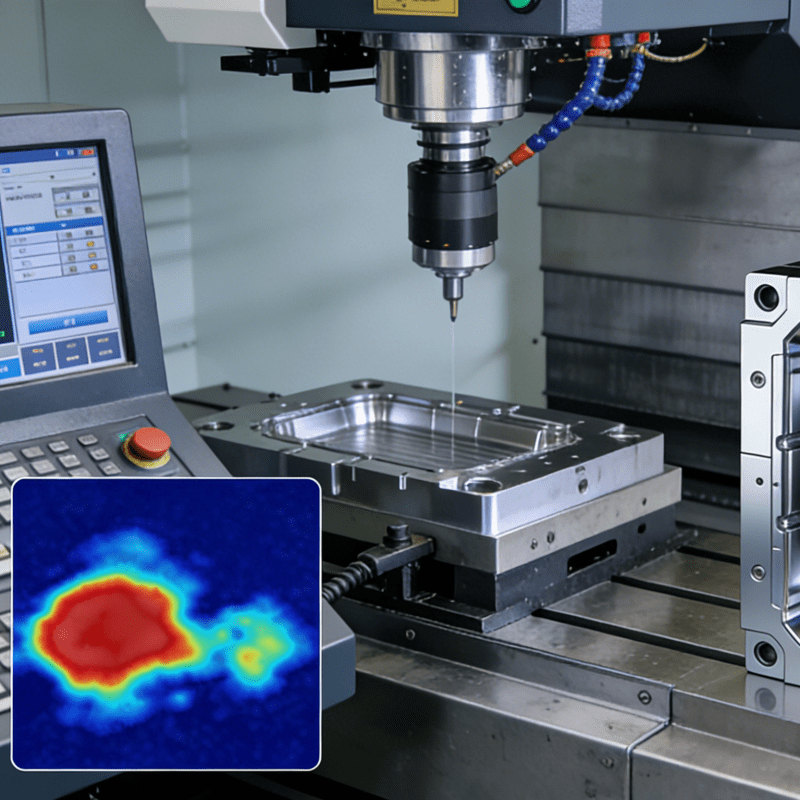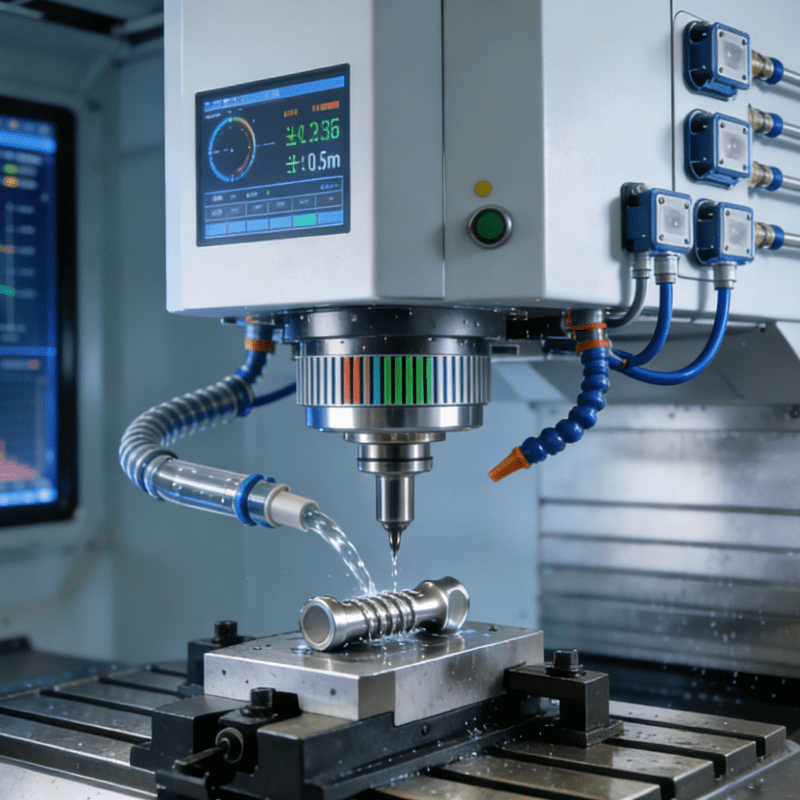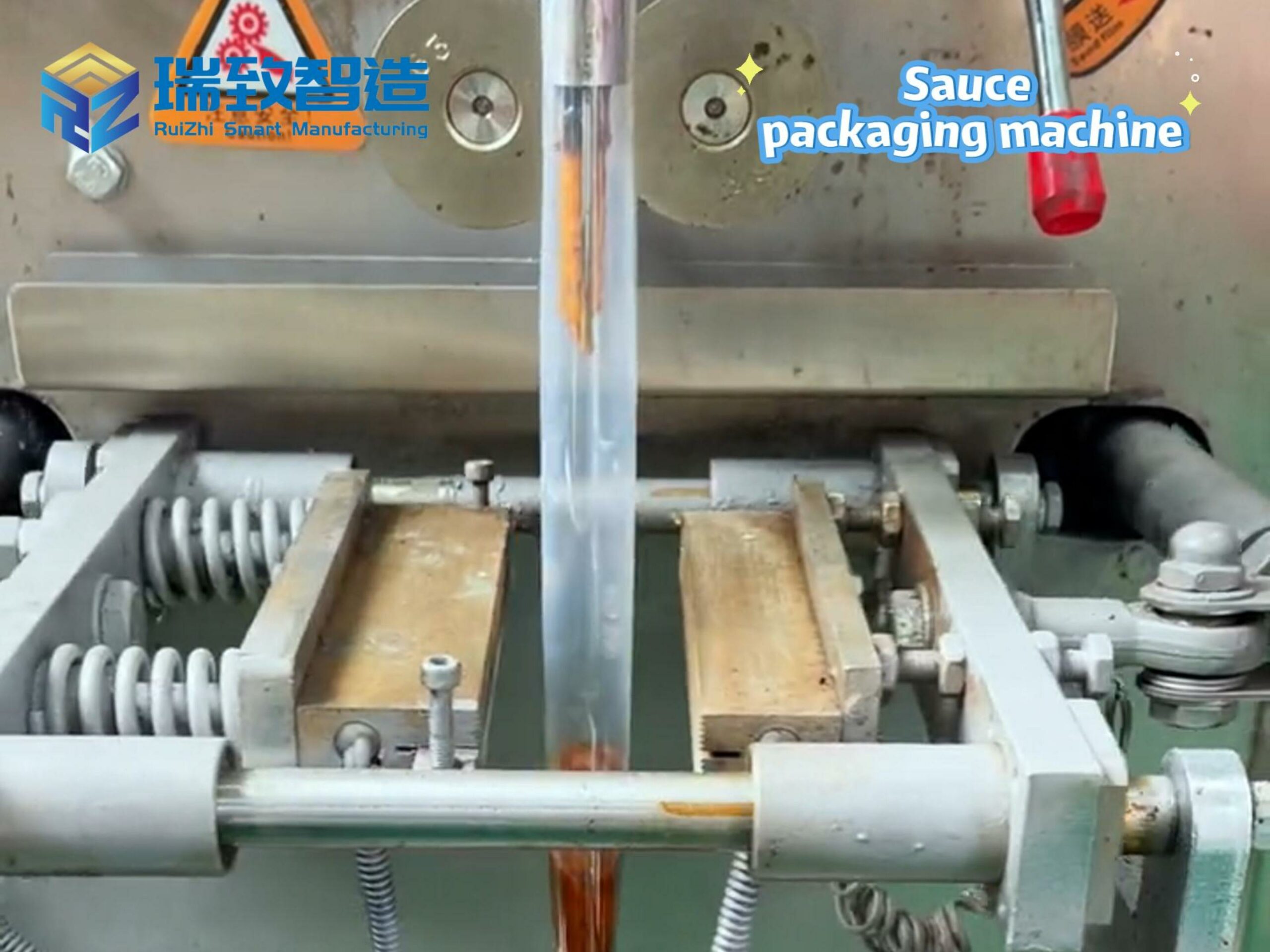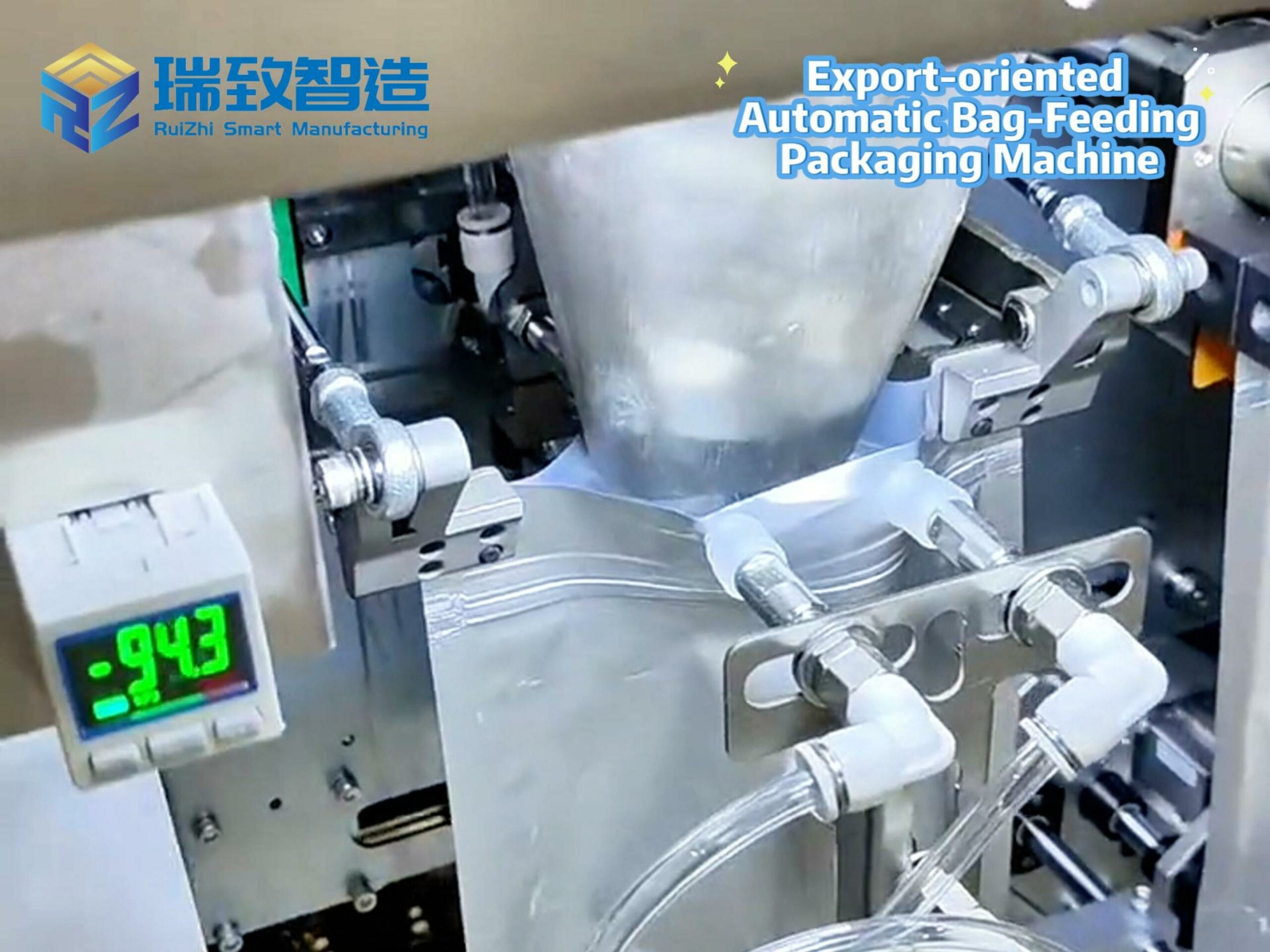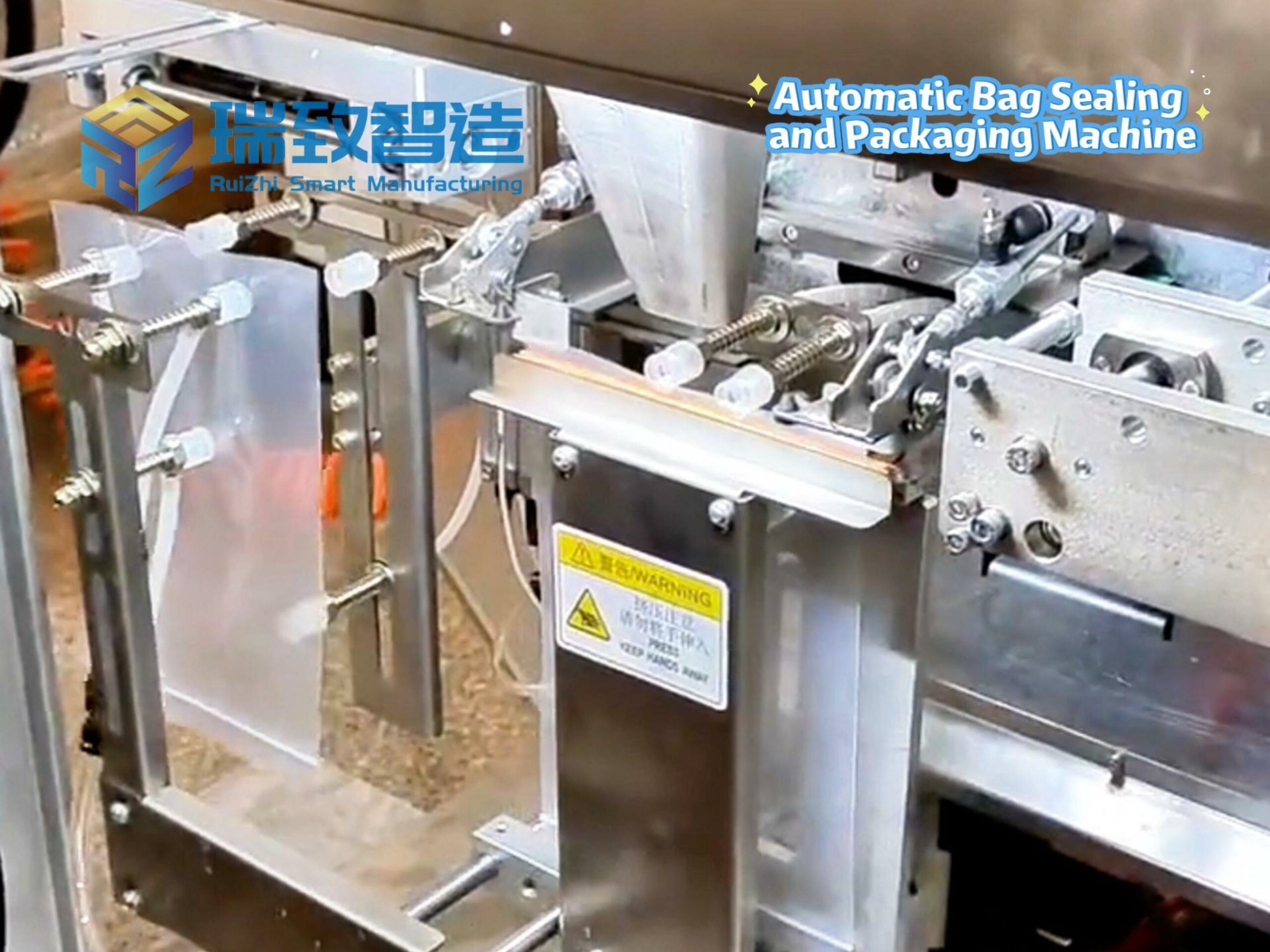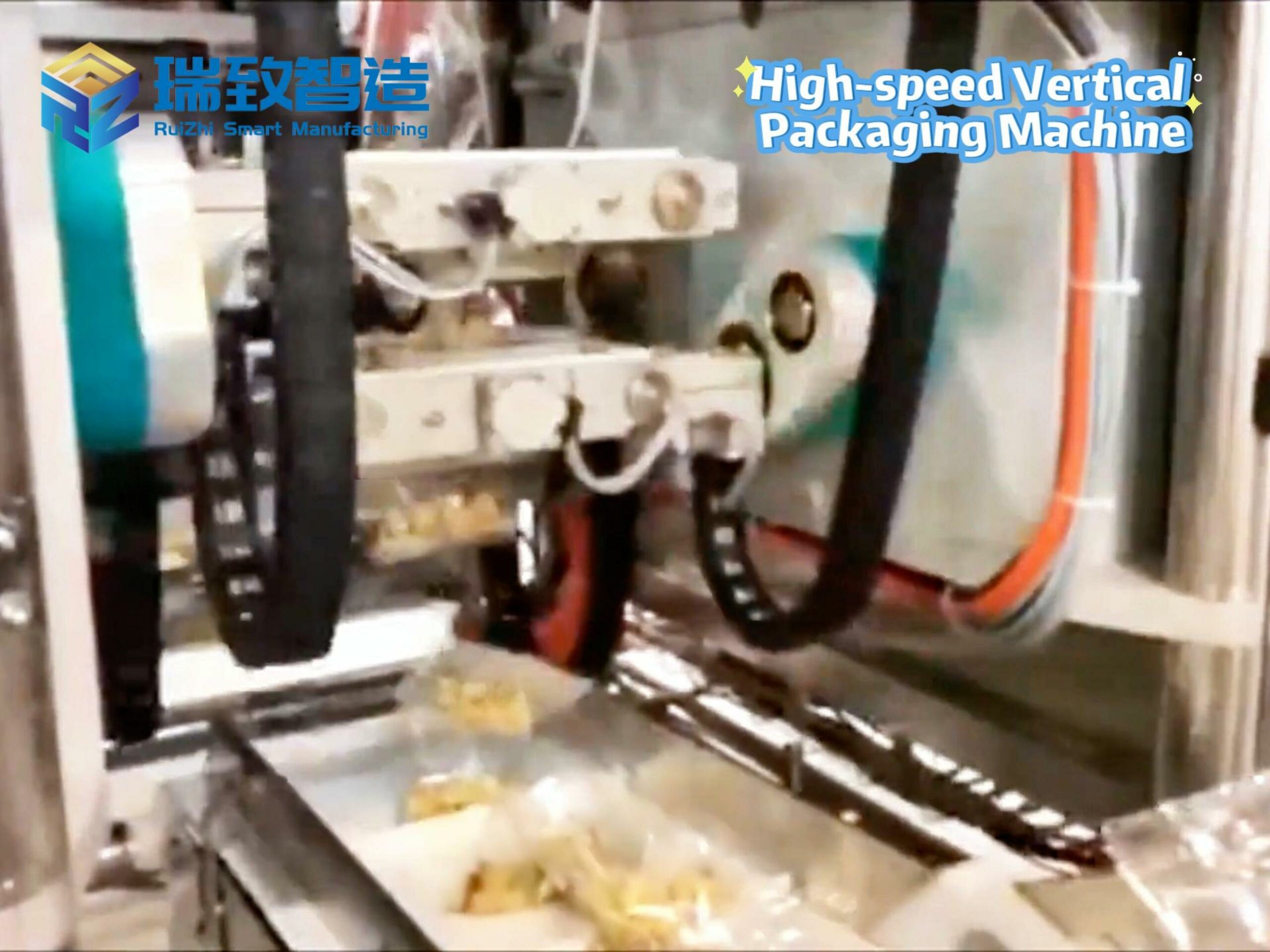AI is devouring data. Training a single large language model can require terabytes of text, images, or sensor data. Generative AI apps churn out even more—real-time chat logs, generated content, and endless training checkpoints. For organizations, this data explosion isn’t just a “storage problem.” It’s a balancing act: How do you keep data accessible for AI workloads, scale up without breaking the bank, and stay sustainable—all while ensuring long-term cost efficiency?
The answer lies in storage strategies that don’t just “hold data,” but work with AI. By combining tiered storage, dynamic data lifecycle management, and a sharp focus on total cost of ownership (TCO), organizations can turn AI’s data hunger into a competitive edge.
The AI Data Deluge: Why One-Size-Fits-All Storage Fails
AI doesn’t treat all data the same. A genAI chatbot needs instant access to recent customer interactions (hot data). A machine learning model training on 5 years of sales data can work with slower, cheaper storage (warm data). Compliance archives—required by law but rarely accessed—are “cold” data, needing little more than secure, low-cost retention.
This diversity is why a single storage solution—say, only high-speed solid-state drives (SSDs)—falls apart. SSDs excel at speed but come with a high price tag; using them for all data would inflate costs. Conversely, relying solely on hard disk drives (HDDs) would slow down AI workloads that need real-time access.
Brad Warbiany of Western Digital puts it plainly: “Different data has different needs. For AI’s growing datasets—checkpoints, training logs, results—high-capacity HDDs are the only cost-effective bulk storage for cold and warm data. They’re the backbone, working alongside SSDs for the ‘hot’ tasks.”
Tiered Storage: The Foundation of AI Scalability
Tiered storage—mixing HDDs, SSDs, and even archival tape—solves this puzzle. The idea is simple: Match data to the storage tier that fits its “activity level” and value.
SSDshandle hot data: real-time AI inference, live training checkpoints, or data needed for immediate analysis. Their low latency ensures AI models don’t wait for data.
HDDstake on warm/cold data: historical training datasets, less-frequently accessed model versions, or bulk logs. They offer high capacity at a fraction of SSDs’ cost, making them ideal for the 80% of data that doesn’t need instant access.
Archival storage(e.g., tape) stores coldest data: compliance records, old training runs, or data kept for long-term reference. It’s slow but ultra-cheap and energy-efficient.
Hasmukh Ranjan, AMD’s CIO, emphasizes the role of automation here: “Use data lifecycle policies and auto-tiering. As data ages from ‘hot’ to ‘warm’ to ‘cold,’ move it automatically to lower-cost tiers. This keeps storage efficient without manual work.”
Balancing Cost, Sustainability, and TCO
AI’s data growth doesn’t just strain budgets—it tests sustainability goals. Data centers are energy hogs, and scaling storage mindlessly can inflate carbon footprints. The good news? Tiered storage aligns with both cost and sustainability.
HDDs, for example, use less energy per terabyte than SSDs, making them better for large-scale, low-activity data. Archival tape uses even less power. By leaning on these for cold/warm data, organizations reduce both costs and energy use.
Scott Schober, CEO of Berkeley Varitronics Systems, frames it as a balance: “AI drives more storage demand, but we can’t ignore carbon footprints. Tiered storage lets you scale without overusing energy—HDDs for bulk, SSDs only where needed.”
Long-term TCO matters too. Kumar Srivastava of Turing Labs notes: “R&D and AI generate data in all formats—structured, unstructured, messy. Storage needs to scale, but not at the cost of TCO. HDDs keep costs down for most data, while SSDs are a strategic investment for performance-critical tasks.”
Avoiding Pitfalls: Data Sprawl, GenAI, and the Skills Gap
Even with tiering, AI storage faces hurdles. GenAI, in particular, amplifies challenges by creating more data types—cleaned training sets, real-time transactional data, unstructured text for models—and demanding seamless access across clouds, data lakes, and on-prem systems.
Isaac Sacolick of StarCIO explains: “GenAI extends data’s value, but IT teams now manage data in warehouses, lakes, cloud files—each with different rules. The challenge is an agile storage setup that moves data where it’s needed, stays secure, and offers low-cost options for compliance.”
Another risk is “data sprawl”: collecting data without a clear purpose, which bloats storage costs. Arsalan Khan advises: “Don’t accumulate data just to have it. Align storage scaling with high-value AI use cases. If data doesn’t drive insights or meet compliance, rethink keeping it.”
Then there’s the skills gap. Peter Nichol of Nestlé Health Science warns: “Inexperience with AI storage leads to overprovisioning—wasting resources on idle storage. Teams need to understand which AI tasks need SSDs and which can thrive on HDDs.”
Keys to Success: Agility, Lifecycle Management, and TCO Focus
To scale AI storage effectively, experts recommend three core practices:
Automate data lifecycle: Use tools to move data between tiers automatically. For example, after 30 days of inactivity, a training dataset shifts from SSD to HDD. This cuts manual work and ensures optimal storage use.
Prioritize TCO over upfront costs: SSDs have lower upfront speed but higher long-term costs for bulk storage. HDDs, with their high capacity and lower energy use, reduce TCO for most AI data.
Design for agility: AI evolves fast—storage should too. Choose systems that let you add HDDs/SSDs easily, integrate with cloud storage, and adapt as genAI or new models demand more (or different) data.
Conclusion: Storage That Grows With AI
AI’s data needs will only grow—but they don’t have to be a burden. By embracing tiered storage, matching data to the right tier, and focusing on TCO, organizations can scale without sacrifice.
HDDs provide the foundation for cost-effective bulk storage, SSDs deliver speed where it matters, and automation keeps everything in balance. The result? A storage architecture that doesn’t just keep up with AI—but enables it.
As Will Kelly puts it: “The goal isn’t just to store data. It’s to build storage that scales, adapts, and lets AI do its best work—without breaking the bank or harming sustainability.” That’s the future of AI storage: smart, scalable, and aligned with what matters most.
What is the working principle of the automatic deburring machine for toilet seat covers?


